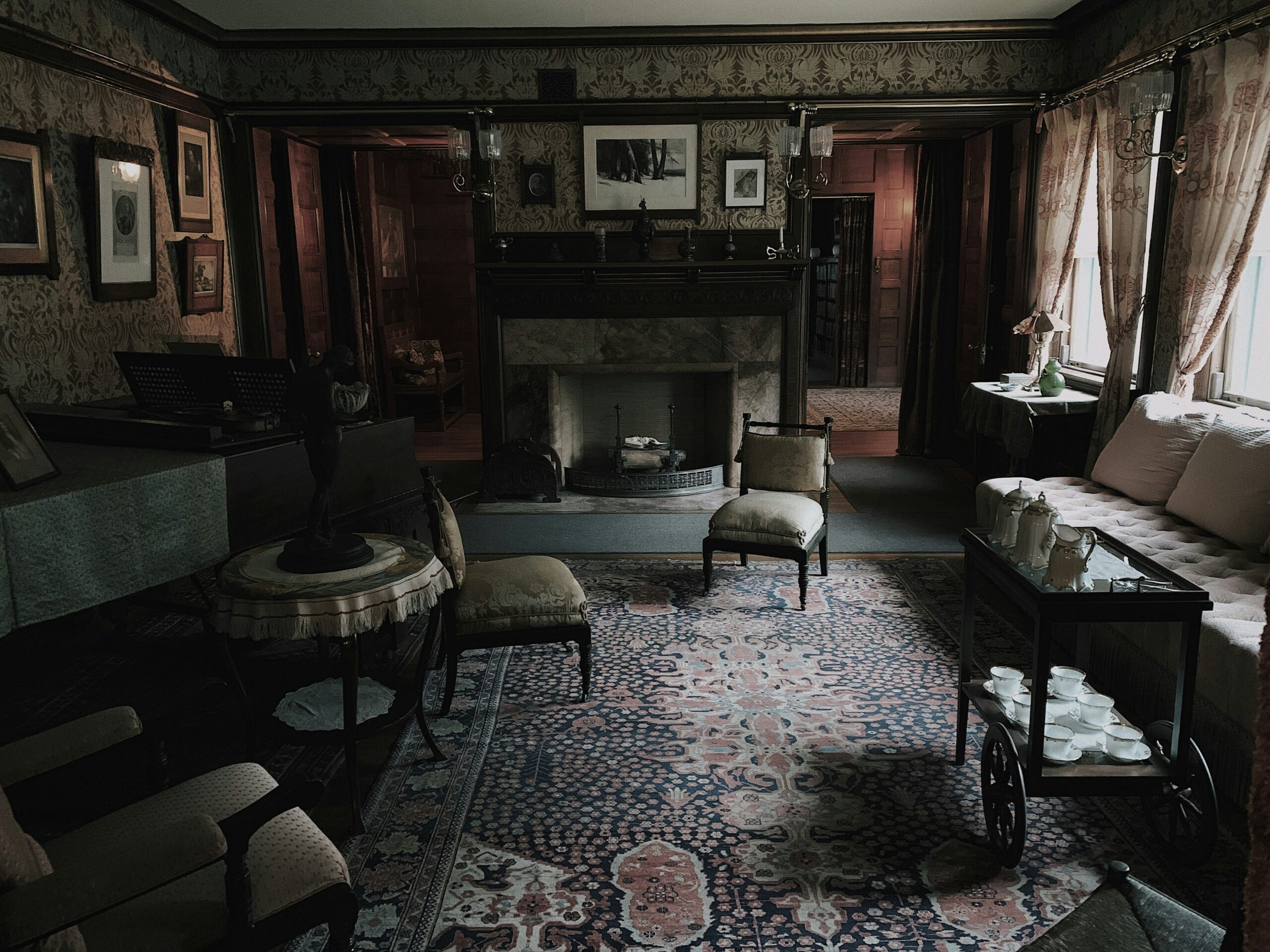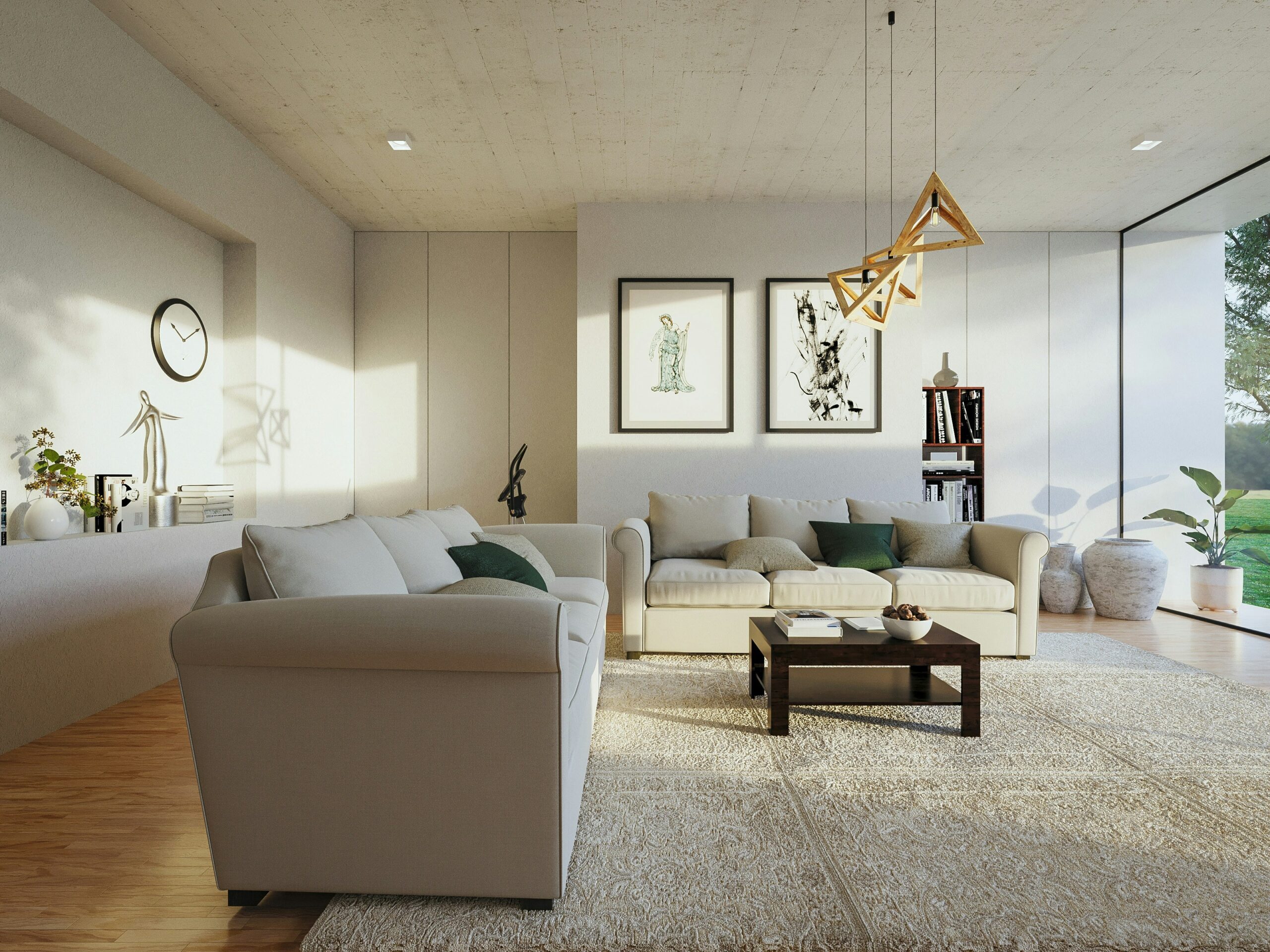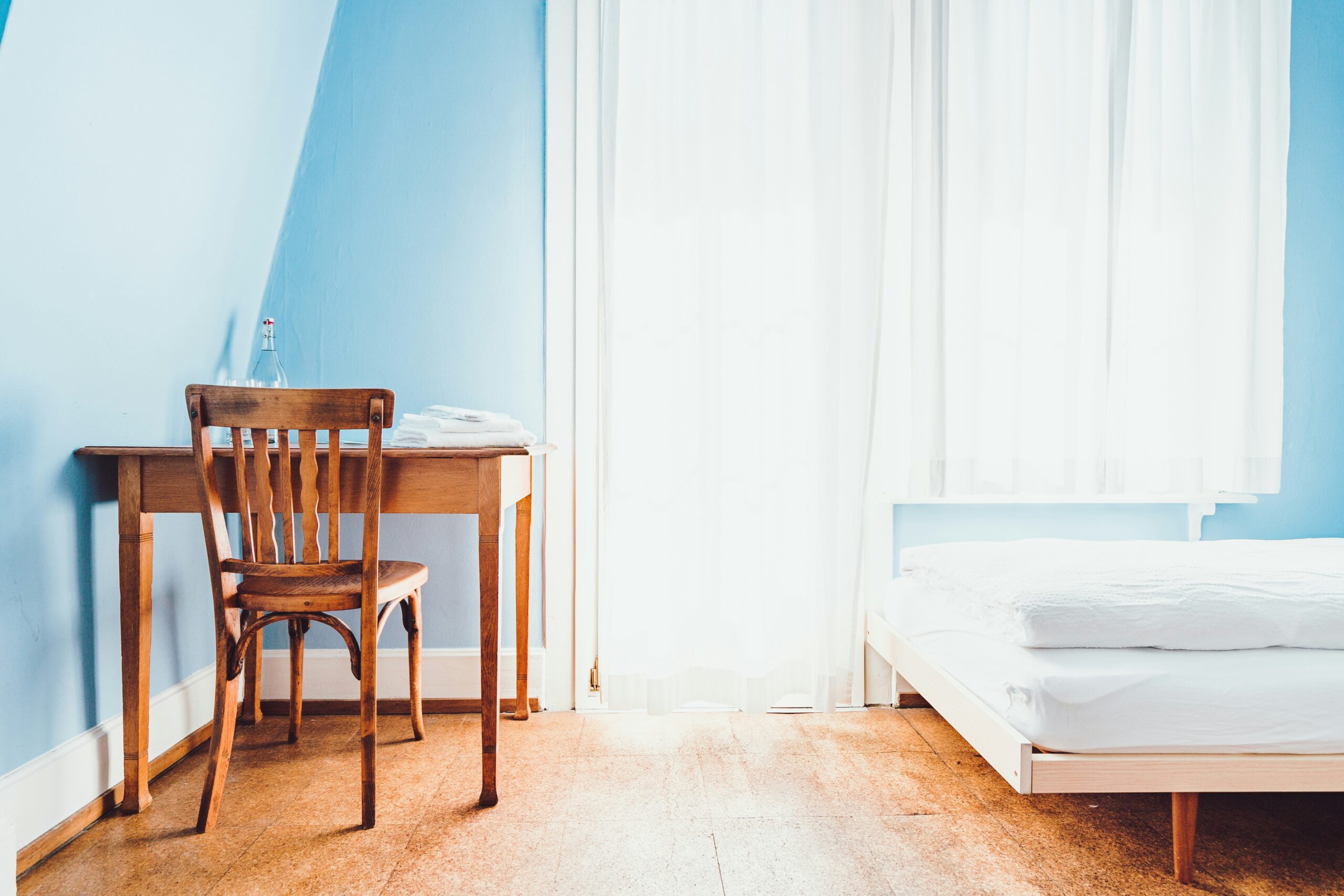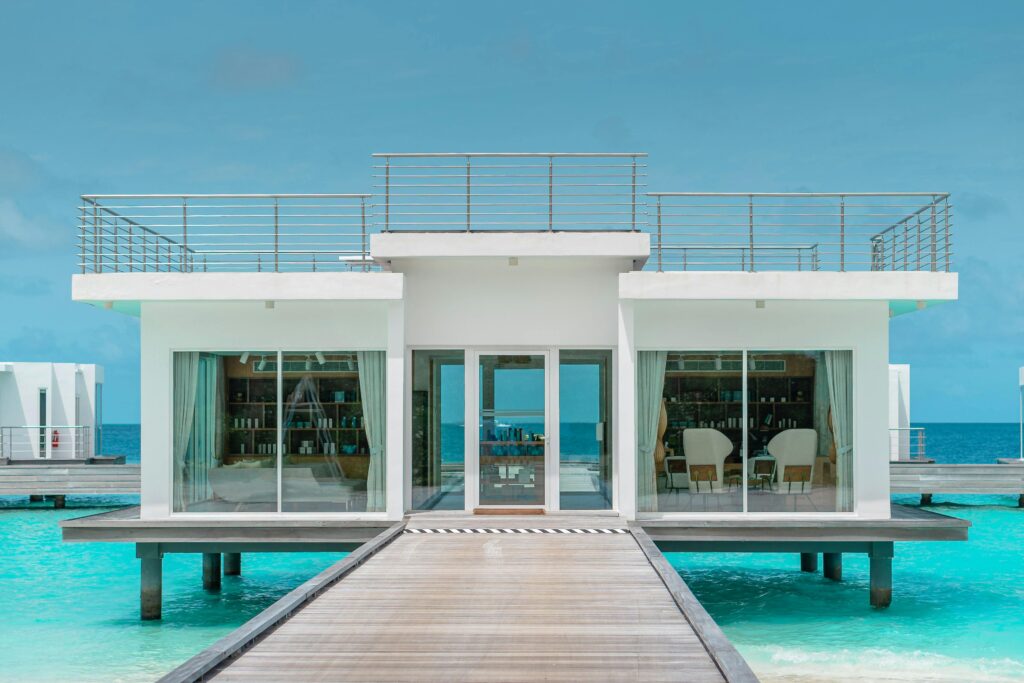Have you ever walked into a historic vacation rental and felt like you’d stepped back in time—only to realize the furniture was straight outta IKEA? Yeah, it’s jarring. That’s why period-specific furnishings aren’t just decor; they’re the soul of your rental’s time-traveling charm.
In this post, we’ll explore how using era-authentic furnishings can transform your property into an Instagram-worthy destination. You’ll learn:
- Why period pieces beat modern replicas every time.
- A step-by-step guide to sourcing genuine antiques.
- Tips for blending historical accuracy with modern comfort.
Table of Contents
- Why Period-Specific Furnishings Are Essential
- How to Source Authentic Pieces for Your Rental
- Best Practices for Mixing Old and New
- Real-Life Examples of Stunning Transformations
- FAQs About Designing Historic Rentals
Key Takeaways
- Using authentic period furnishings creates an immersive experience for guests.
- Sourcing vintage furniture requires patience but pays off in guest satisfaction.
- Blend functionality with aesthetics by carefully curating each room.
Why Period-Specific Furnishings Are Essential for Historic Vacation Rentals
Here’s a truth bomb: Over 78% of travelers seek unique accommodation experiences. And nothing screams “unique” louder than staying in a meticulously restored Victorian or Mid-Century Modern home furnished with items from its heyday.

A well-preserved Victorian bedroom complete with period-appropriate bedding and decor.
The Faux Pas That Made Me Cringe (and How You Can Avoid It)
I once stayed at a Georgian-style estate that promised “authentic charm.” Imagine my horror when I found plastic-framed artwork next to a sleek glass coffee table. Lesson learned: mismatched furnishings ruin immersion faster than you can say “mismatched socks.”
That’s why investing in period-specific furnishings isn’t optional—it’s crucial if you want happy reviewers and repeat bookings.
How to Source Authentic Pieces for Your Rental
Finding these treasures might sound daunting, but trust me—it doesn’t have to involve donning tweed jackets and combing flea markets all day.
Step 1: Define Your Era
Before hitting up auctions or antique stores, decide which era aligns with your property. Is it Victorian? Art Deco? Colonial Revival?
Pro tip: Start with architectural details as clues. For instance, crown moldings in early 1900s homes often hint at Craftsman or Edwardian styles.
Step 2: Explore Estate Sales & Auctions
Estate sales are goldmines for authentic finds without breaking the bank. Pro tip? Arrive early and strike up conversations with vendors—they’re fonts of knowledge!
Don’t forget online auction sites like LiveAuctioneers or 1stdibs.
Step 3: Collaborate with Local Experts
Antique dealers and interior designers specializing in restoration projects are invaluable resources. They not only know where to find hidden gems but also help authenticate them.
Best Practices for Mixing Old and New
Tip 1: Choose Comfort Over Perfection
No matter how stunning those clawfoot tubs look, remember: people still need Wi-Fi and comfy mattresses.
Tip 2: Layer Textures
Mix fabrics like velvet, leather, and silk to keep rooms cozy while maintaining their historical feel.
Tip 3: Add Subtle Modern Touches
Balance is key. Hide TVs behind paintings on pulley systems or use smart tech disguised within vintage casings.
The Terrible Tip: Don’t Be Afraid to Fake It Til You Make It
I know what you’re thinking. Didn’t she just rant about faux disasters? Hear me out: sometimes reproductions work IF done tastefully. Just promise never to pair them with neon signs unless it’s intentional.
Real-Life Examples of Stunning Transformations
Case Study #1: The 1920s Speakeasy-Inspired Cottage
This North Carolina property revamped its living area with original Art Deco bar stools and mirrored tables sourced from a local collector. Traffic skyrocketed by 40%, thanks to rave reviews about authenticity.

An Art Deco living room designed with period-appropriate furniture and accessories.
FAQs About Designing Historic Rentals
Q: Where do I even start sourcing period-specific furnishings?
A: Research your property’s history first, then hit up estate sales, auctions, and specialty shops catering to that era.
Q: Can I mix different eras?
A: Yes—if transitions feel natural. A Colonial desk paired with mid-century lighting could fail spectacularly or be chef’s kiss depending on execution.
Q: What’s the biggest mistake owners make?
A: Mismatching styles without thought (hello, modern rugs under 18th-century desks).
Conclusion
We covered the essentials—from sourcing period-specific pieces to blending old-world charm with modern luxuries. Remember, success lies in attention to detail.
Now go forth and deck out your historic gem—one perfectly placed chaise lounge at a time.
Like trying to solve a Rubik’s cube blindfolded, designing a historically accurate space takes practice—but oh, so worth it.


